Optimal Timing for Storm Restorations
Storm restorations are most effective when performed promptly after a storm event. The optimal window typically spans from immediately following the storm to during the dry season, allowing for thorough repairs before the next weather event. Timely action helps prevent further damage and reduces repair costs.
Weather conditions, such as clear skies and low wind speeds, are ideal for storm restoration work. Conducting repairs during these periods ensures safety and quality workmanship. Delays can lead to secondary issues like water intrusion, structural deterioration, and increased repair expenses.
Assess damage soon after a storm to identify necessary repairs and prevent further deterioration.
Perform restorations during dry months for safer working conditions and better results.
Immediate response can minimize damage and facilitate insurance claims.
Schedule repairs when weather forecasts predict low chances of rain and high winds.
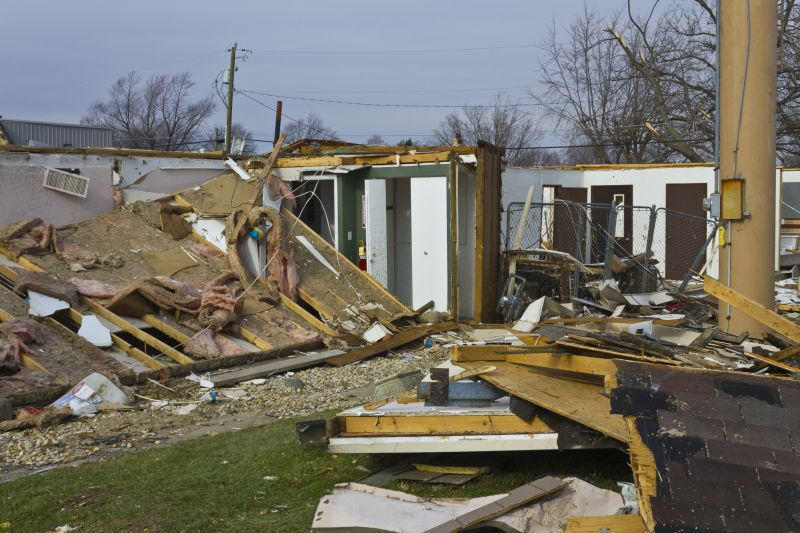
Inspect roofs and exteriors immediately after storms.
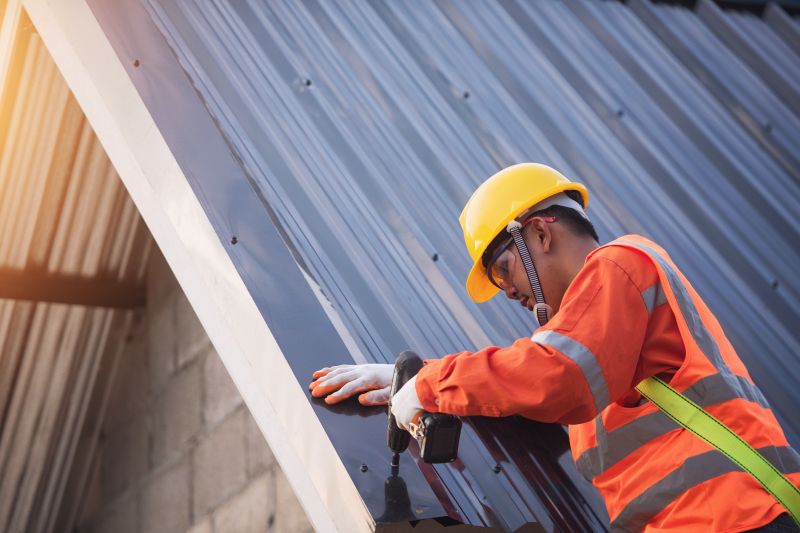
Repairing roofs during favorable weather conditions.
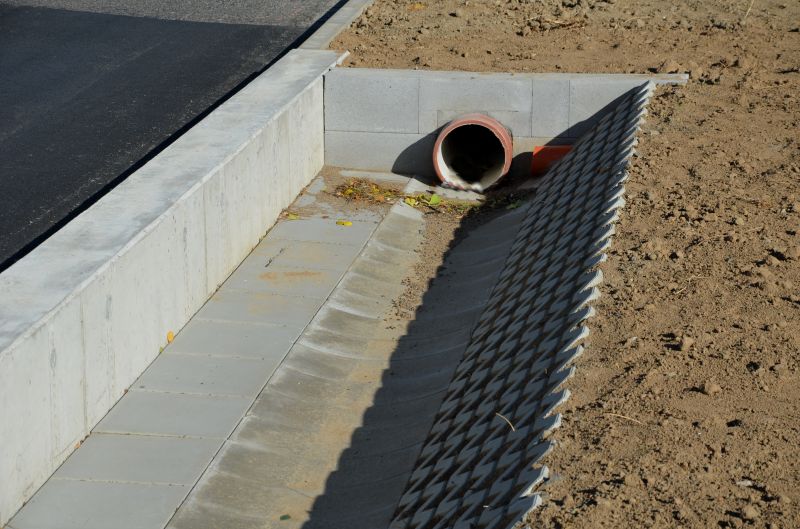
Restoration projects finalized during dry weather.
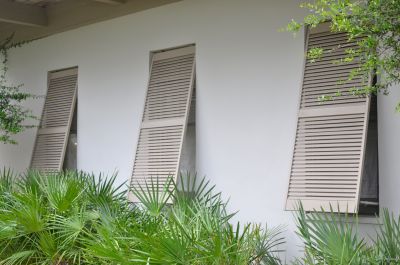
Ways to make Storm Restorations work in tight or awkward layouts.

Popular materials for Storm Restorations and why they hold up over time.

Simple add-ons that improve Storm Restorations without blowing the budget.
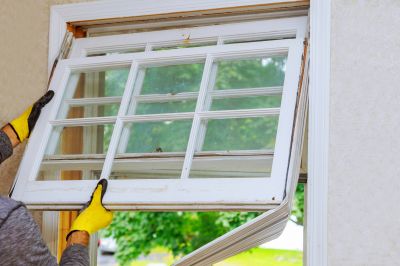
High-end options that actually feel worth it for Storm Restorations.

Finishes and colors that play nicely with Storm Restorations.
| Factor | Impact on Timing |
|---|---|
| Storm Severity | More severe storms require quicker response |
| Weather Conditions | Clear, dry weather ideal for repairs |
| Seasonal Patterns | Spring and fall often have favorable conditions |
| Damage Extent | Larger damage may need immediate attention |
| Insurance Processing | Faster responses can streamline claims |
Storm restorations involve repairing and restoring structures affected by severe weather events such as wind, hail, and heavy rain. These repairs are crucial for maintaining structural integrity, preventing water intrusion, and restoring property value. The process typically includes roof repairs, siding replacements, window fixes, and sometimes structural reinforcement.
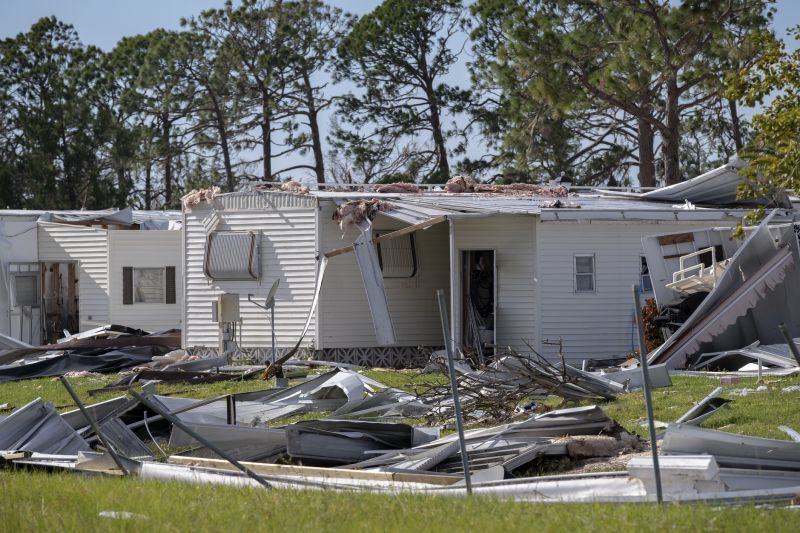
Restoring roofs and exteriors after storms.

Rapid response teams ready for storm damage.
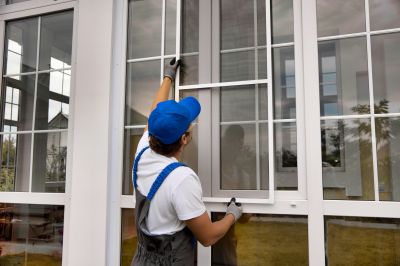
Preventative measures to reduce storm impact.
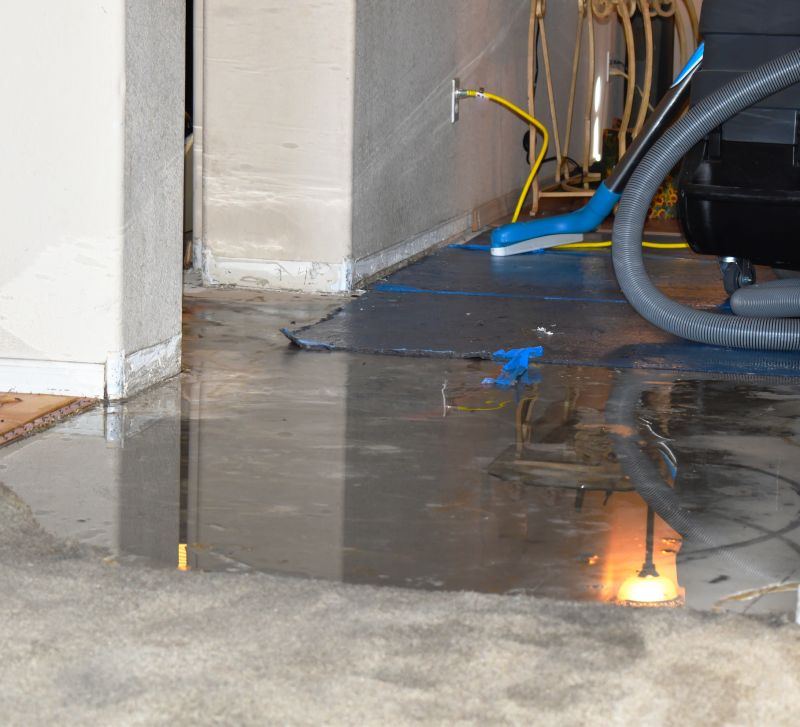
Specialized tools used for storm repairs.
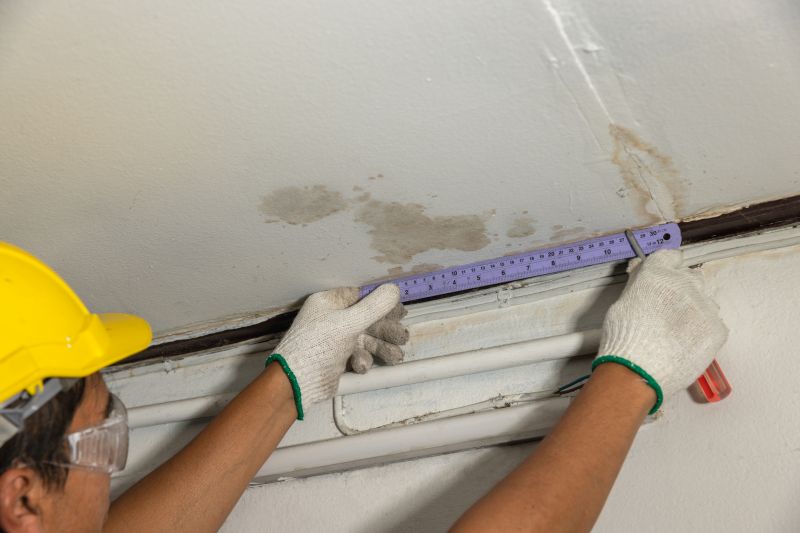
Little measurements that prevent headaches on Storm Restorations day.
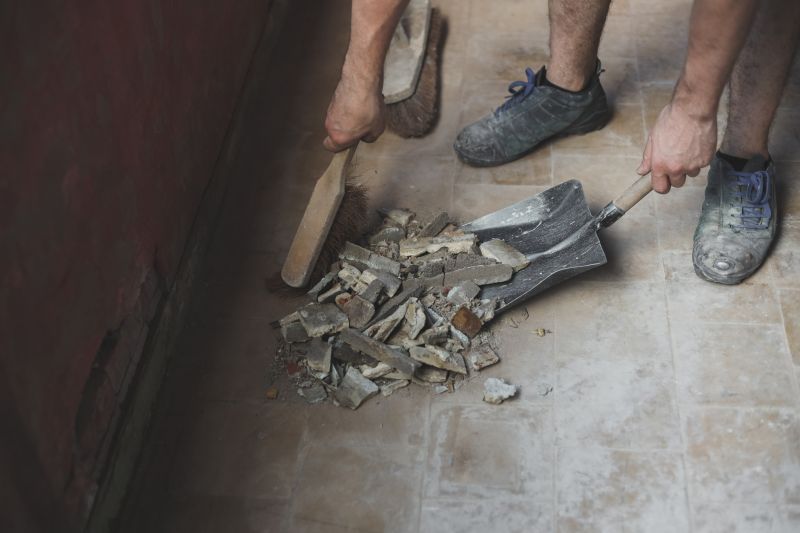
A 60-second routine that keeps Storm Restorations looking new.
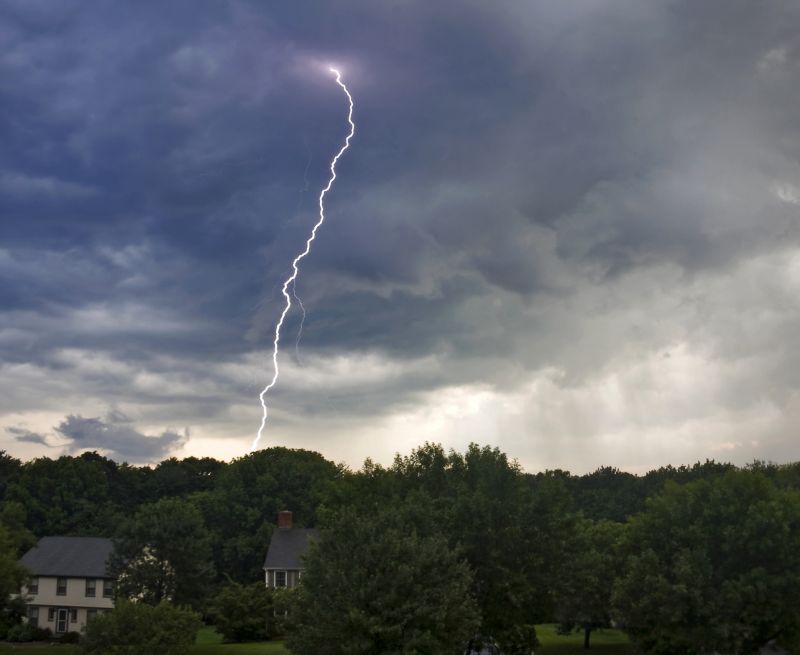
A frequent mistake in Storm Restorations and how to dodge it.

Small tweaks to make Storm Restorations safer and easier to use.
Individuals interested in storm restorations are encouraged to contact for consultations and assessments. Prompt action can help mitigate damage and restore property quickly. Filling out the contact form provides a pathway to schedule inspections and discuss restoration options.


